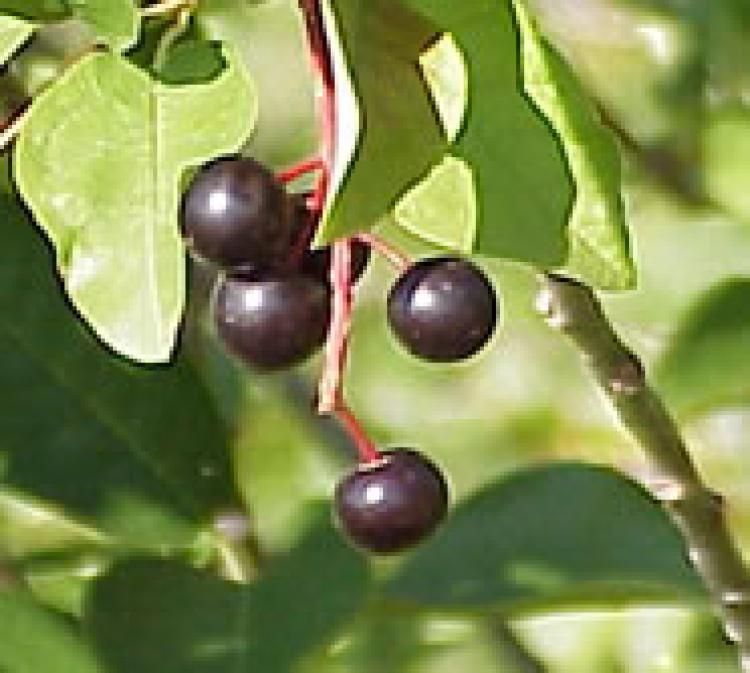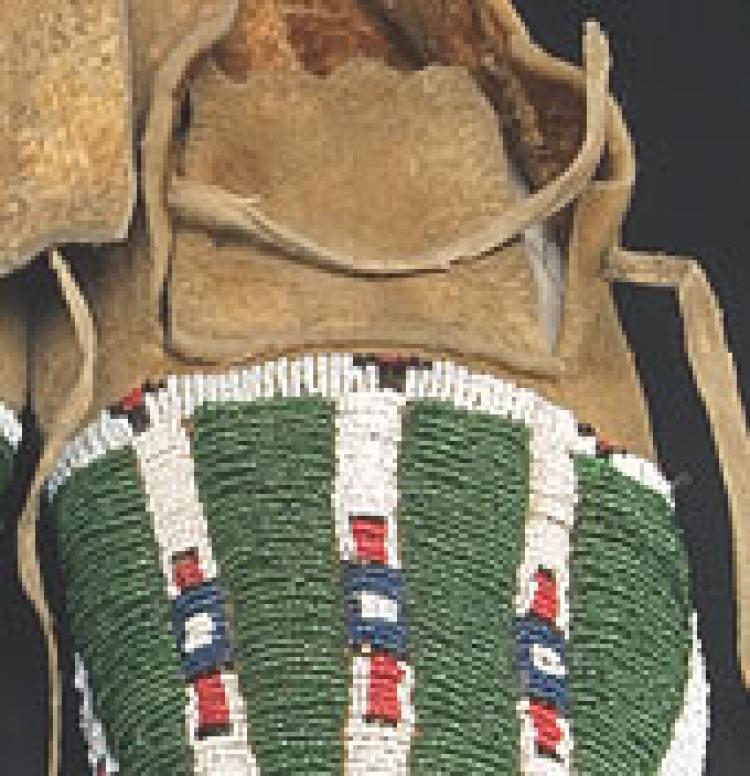Traditional Life of an Arapaho Woman
She was born about 1850, and told this story in Arapaho to Jesse Rowlodge in 1929. He recorded it in Arapaho, using English-language orthography. The manuscript is now in the Smithsonian Institution, National Anthropological Archives. Translation by Andrew Cowell and Alonzo Moss, Sr.
Hee3e'inowoo heescih'iisi'i'oonoo, nihwoo3ei'i hiinikotiitono.
When I think back to the time when I was growing up, I remember many games...
Neyeih'inoo nihi'iinikotiino' nohkuuhu' nociinonoo3iitiininoo.
Inside our tipis, we would use all kinds of leftovers from our mothers' work for toys...
Hei'cihno'o3iikoheinoo, nih'iinii3yiiyih'oonou'u nihoonou'uho'.
Once I learned to ride a horse, I would go along on hunts and chase buffalo calves.
Nih'ii3ee3i'eikuu3oono'.
We would throw ropes over their heads and catch them...
Benee3ei'i biitobeeniihi'.
When camp would move, we girls would walk along together.
Hinee tokoo3 ho'oxooniiciihehe', hoho'eni', nih'iibiibii'inoono' be'enou'u,
noh nih'iiwo'tenoono' tih'iibiineihi3i'.
Around the Arkansas River, up near the mountains, we would find lots of turles,
and we would gather them up for food.
Heenei'iiini nih'iikooxowooni' cee'ei'i tih'iibiini'i.
Sometimes we would dig up wild potatoes for food.

Chokecherries in August
Nohci'nih'iikoh'uni' biino, ne'ibino' noh tootoocibino', noh nih'iiseeyouwou'u noh
nih'ii3oxosnounei'i hinee ceciiniihi' nih'iibiini'i.
We would also gather up chokecherries, currants and wild grapes; we would smash them up, mold them into patties, and dry them out to keep for eating during wintertime...
Hei'no'u'u'oonoo nei'kookoh'eenebi3i' honoh'oho', nih'iiteeshoototeihinoo.
When I reached the age when boys started paying attention to me, I was very bashful...
Koxuute', nih'iiciixookooheinoo hooxebine' wo'ei3 niiciihehe', noh honoh'oho'
nih'iibeh3ii3i'oku3i' booone' tih'ibeetnoohowoo3i' hiseihiho.
Sometimes, I would be fetching water from a spring a long ways away, and the boys
would all sit near the path, because they wanted to see their girlfriends...
Teebe hee3iiniisooneenoo, nih'ecesiiniibiseininoo. Niito' nees nihnoh'eet boo3etiit hooxeihiinenno'.
When I was just about to have my first child, I became a young widow. My first husband was killed
in a fight with the Pawnees.
Neniisoo hiseihihi' cenisi' niisootoxou'u siisiis hiniisonoo tih'iisiiyoohooteni3.
My child - a little girl - was born seven months after her father's death.
Nihniisootoxuunei'i nececniwo.
I was seventeen years old at that time...
He'iitoxuuhu' tihwoontei'yooniininoo, neinoo nih'iino'oeteixoheino'. Wo'owuu'
nihsei'ihkuu3eino' tih'iitousebeiheino', noh neih'ow3o'uusino'.
I don't know how many times, when I was a young child, my mother would take us down to
the stream. She would throw us in the icy water so we could have a bath, but we never
caught a cold...
Nih'ii3ee3o'o'uune'etiit.
It was a happy life that we lived...

Detail of Arapaho moccasins, CU Museum #
Hiiwoonhehe' woow beeteihiihehiininoo, 'oh noosouni'oobeenoo, noh noosouni'oxuyeitowoo
nowo'ohno noh notoukono.
Today I am now very old, but I can still see well, and I can still sew my own moccasins and quilts.
Wonoo3ei'i niiinono nihcihniisi3einoo.
Many are the tipis which I have made in my days.
Hooyei netesei beneetoo'oo3i'.
Most of my girlfriends have passed away now...
Nuhu' hee3oo3iteenoo neetou3ecoonoo tohu'kookoh'eeneetowoo nihcih'iisoo'.
This story that I am telling makes me feel lonesome, because I think back to how life used to be
in the old days.
August 26, 1929.

